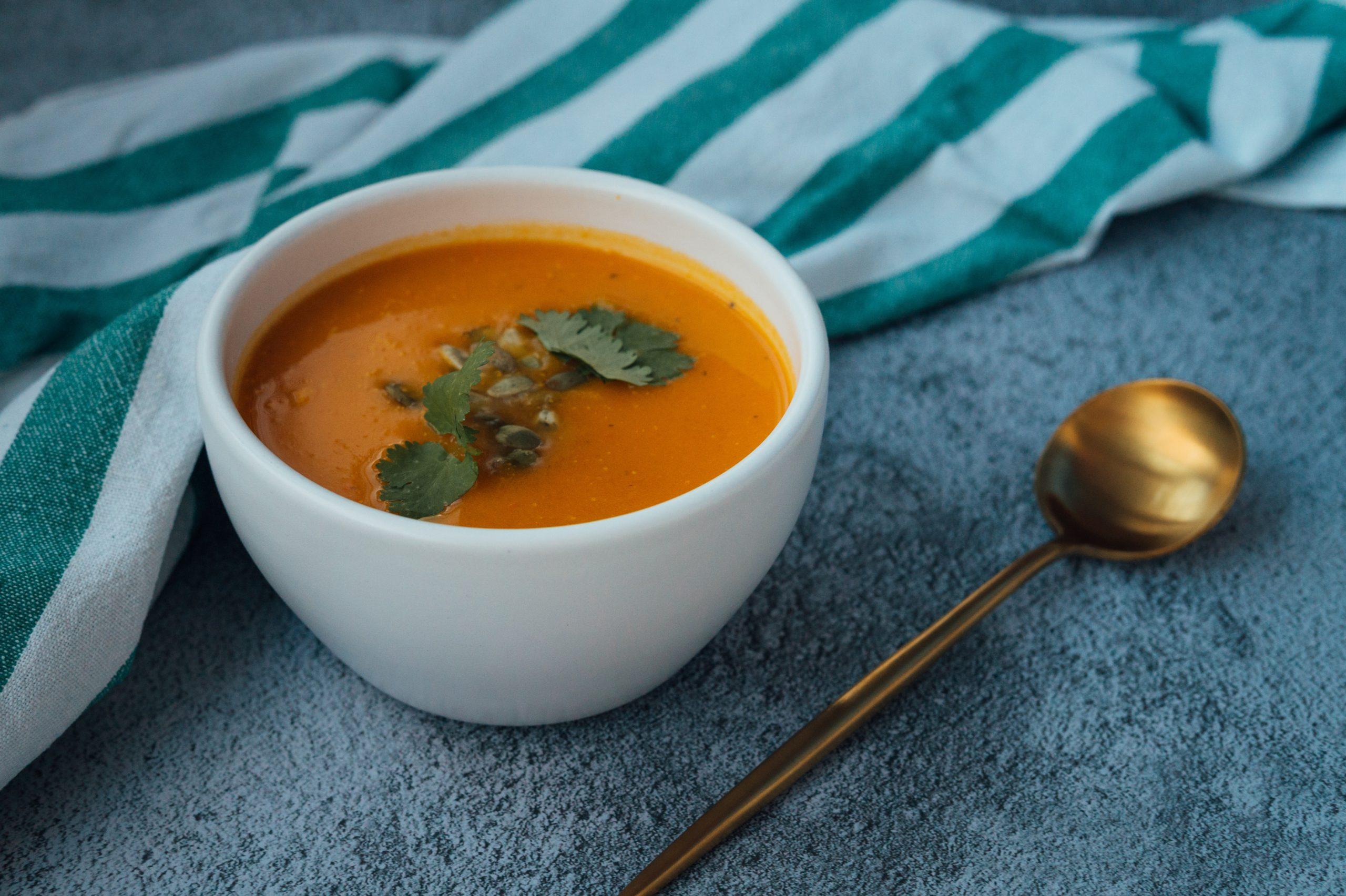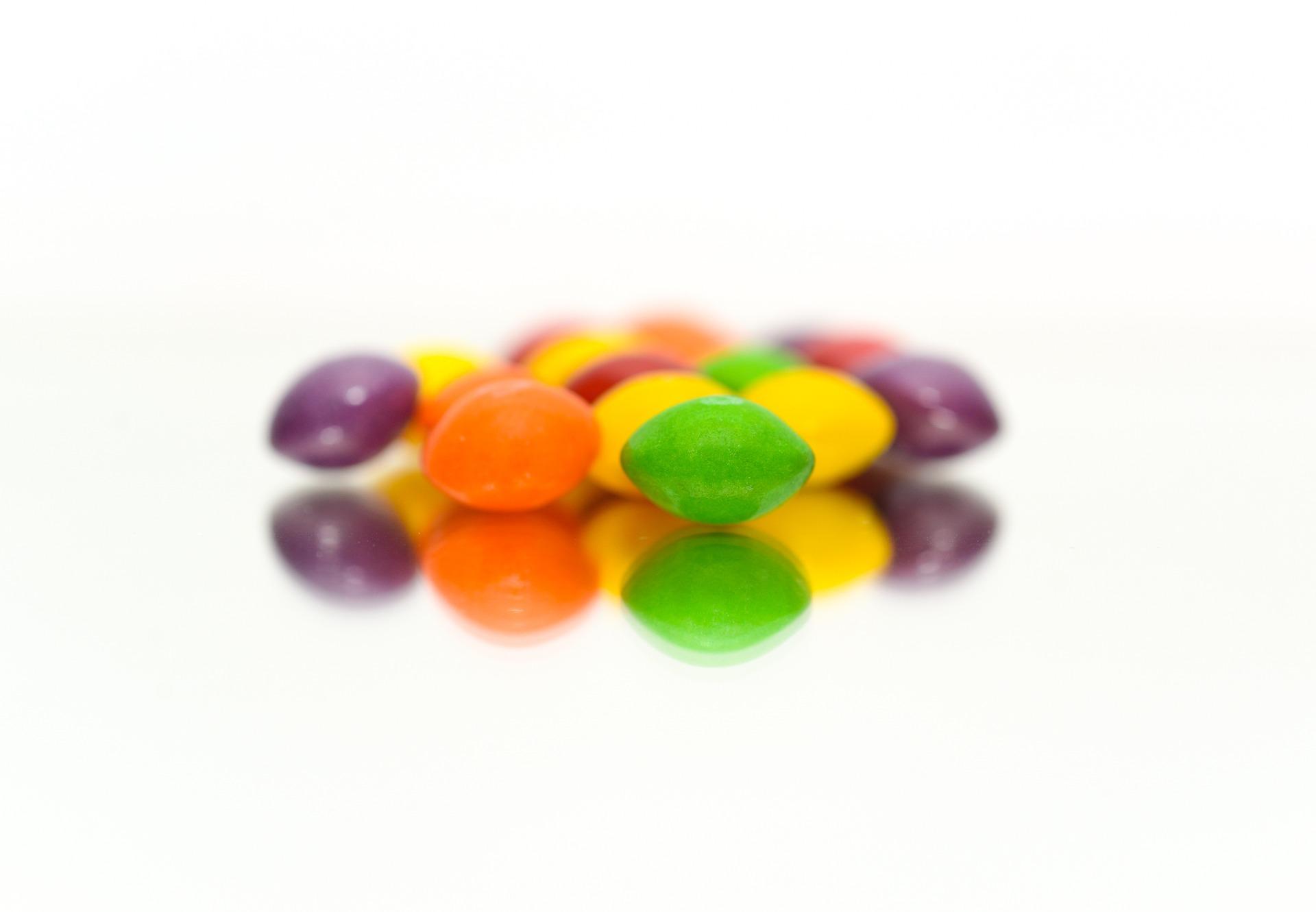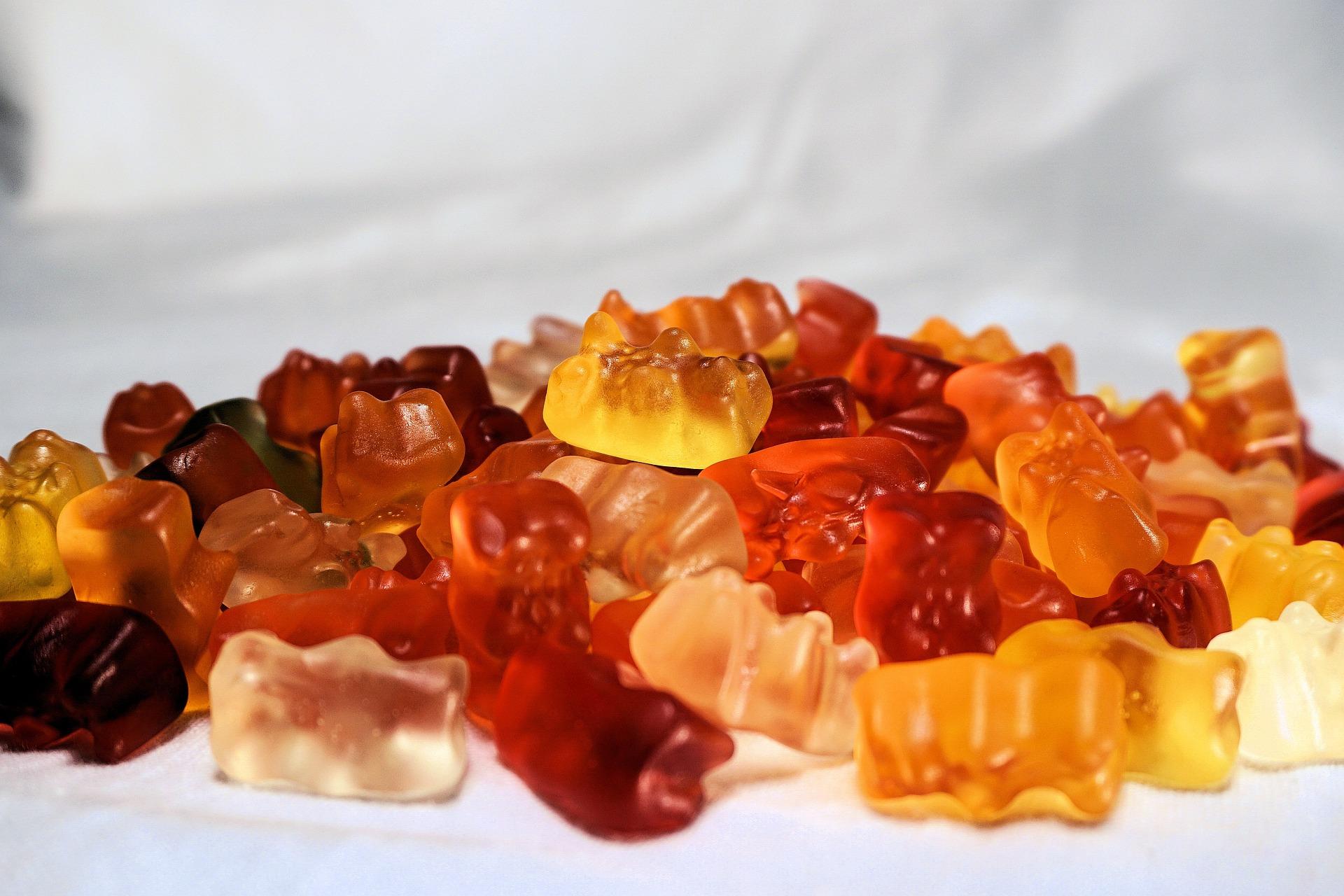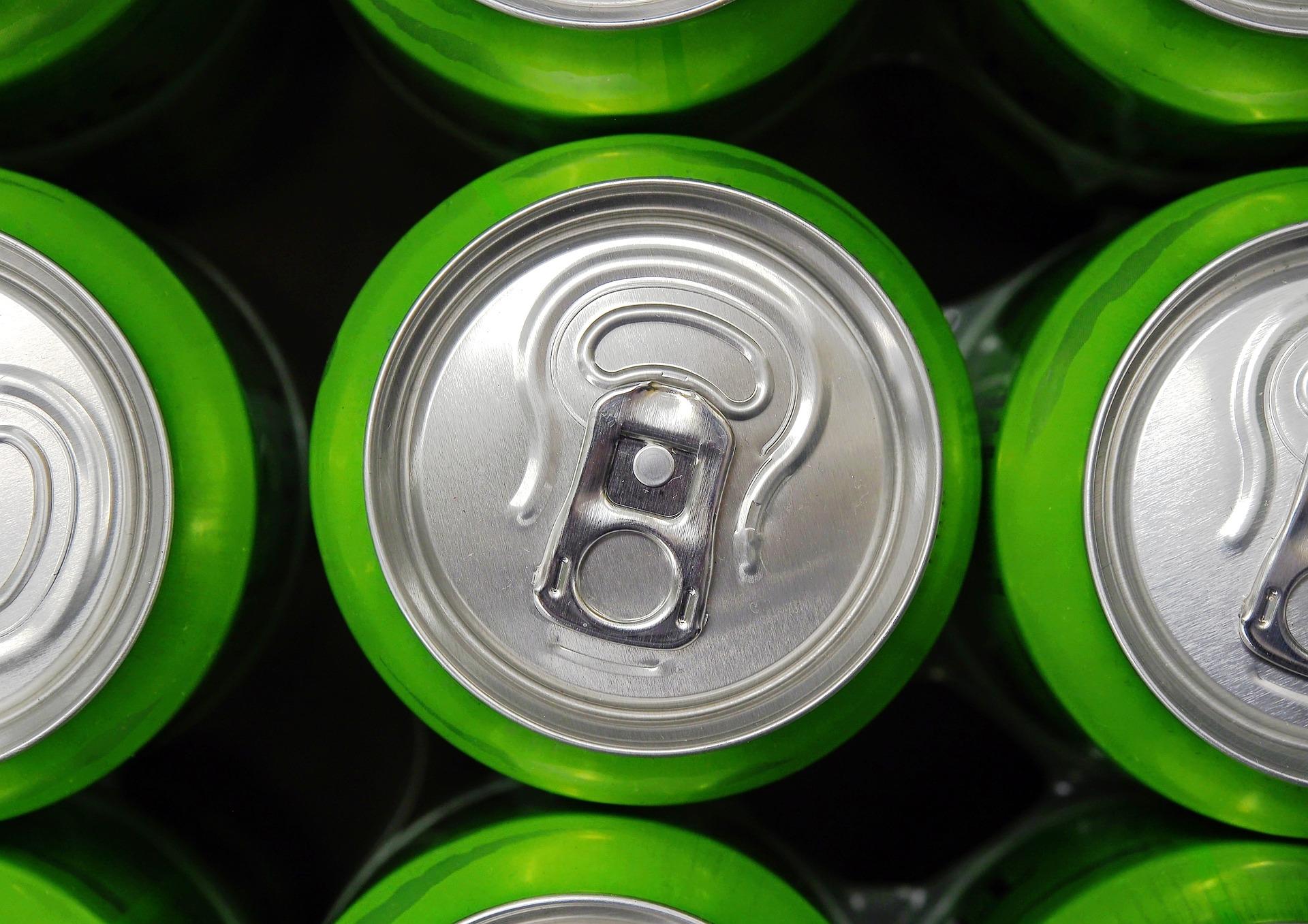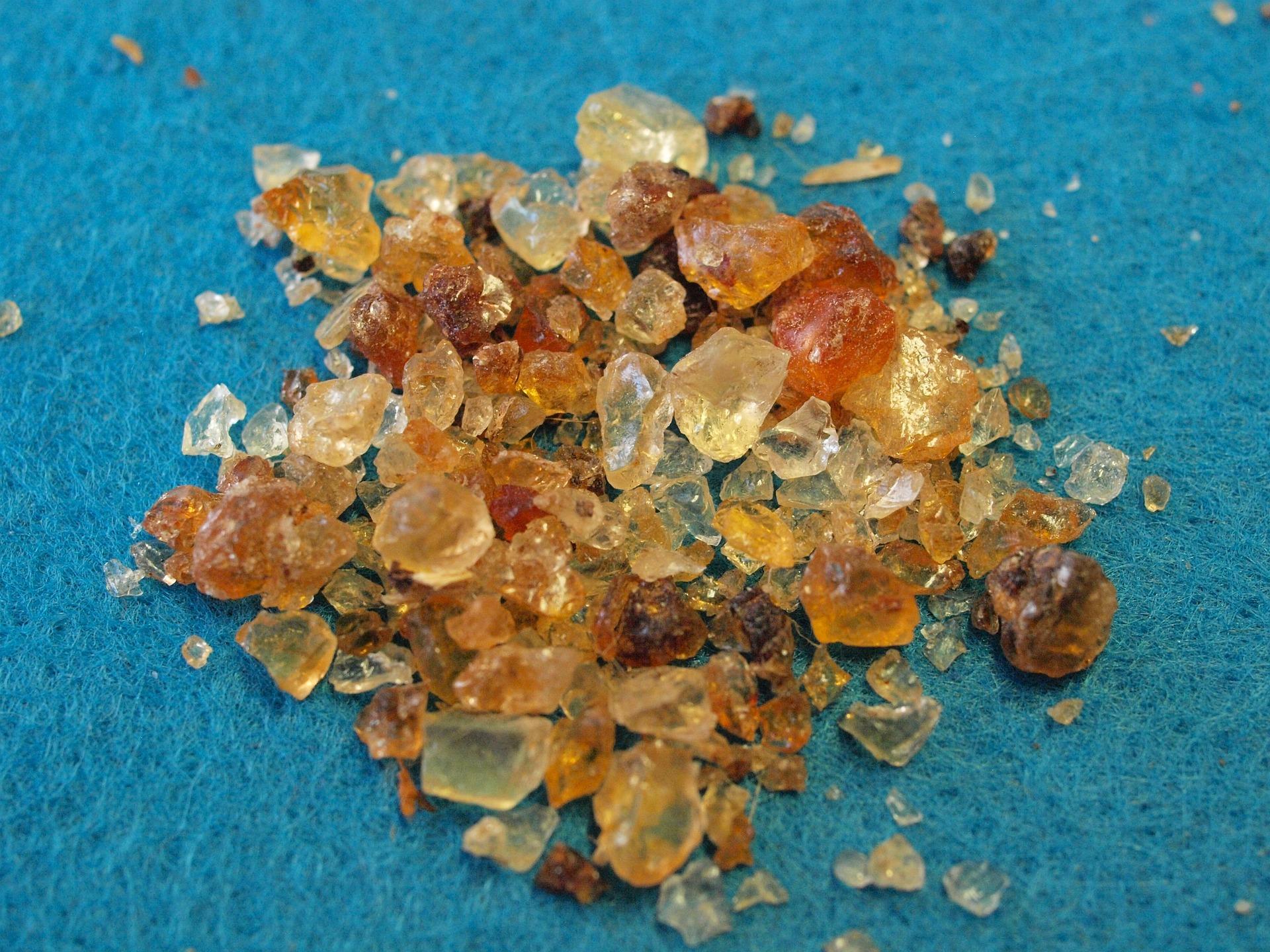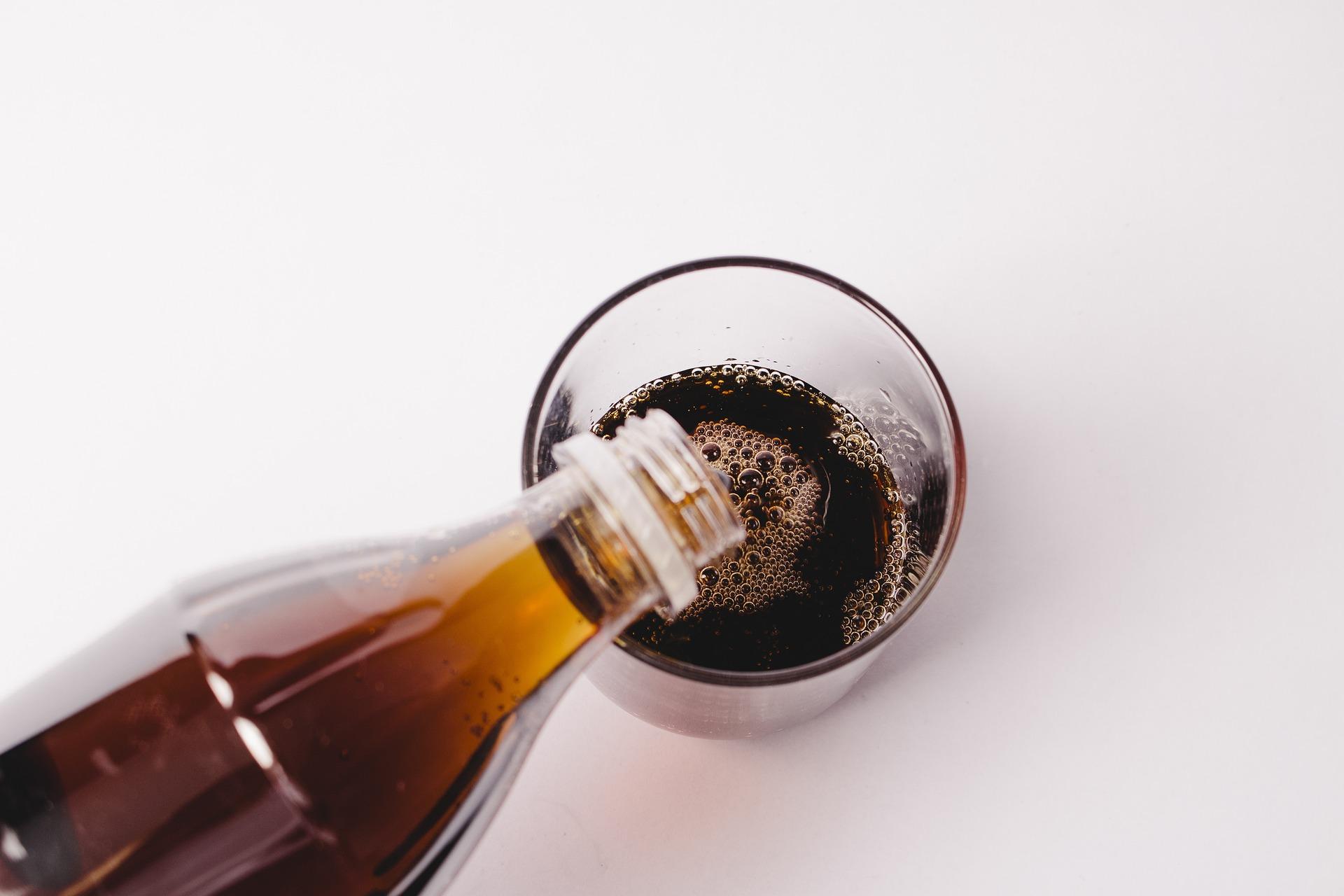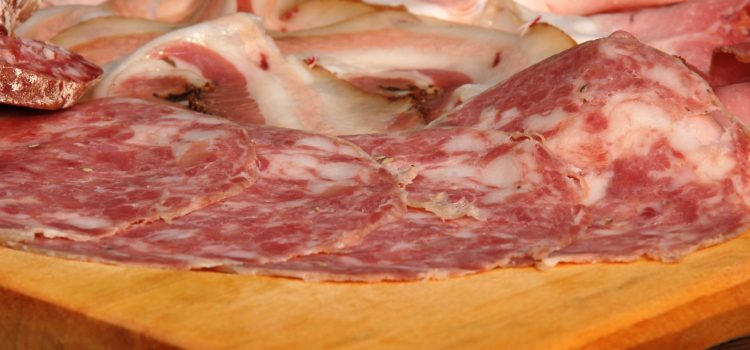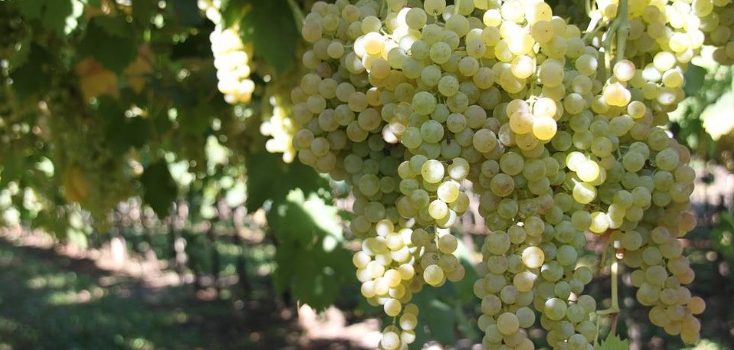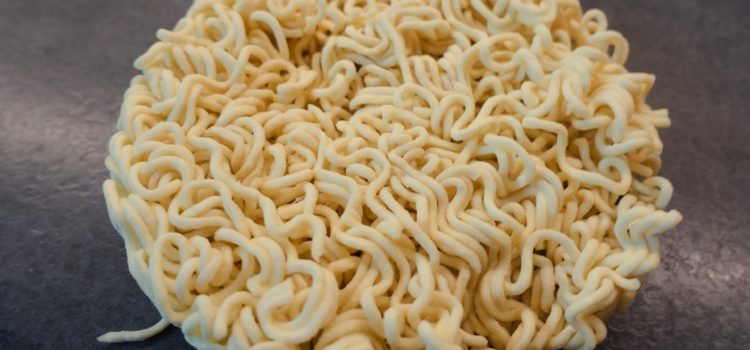Traditional emulsifiers for ice cream production include egg yolks. They contain lecithin, a natural emulsifier that aids in uniting the molecules of fat and water to produce a creamy and smooth texture. Egg yolks are a common ingredient in custard-based recipes because they give ice cream a richness and depth of flavor.
Emulsifiers Used In Ice Cream

